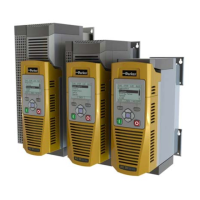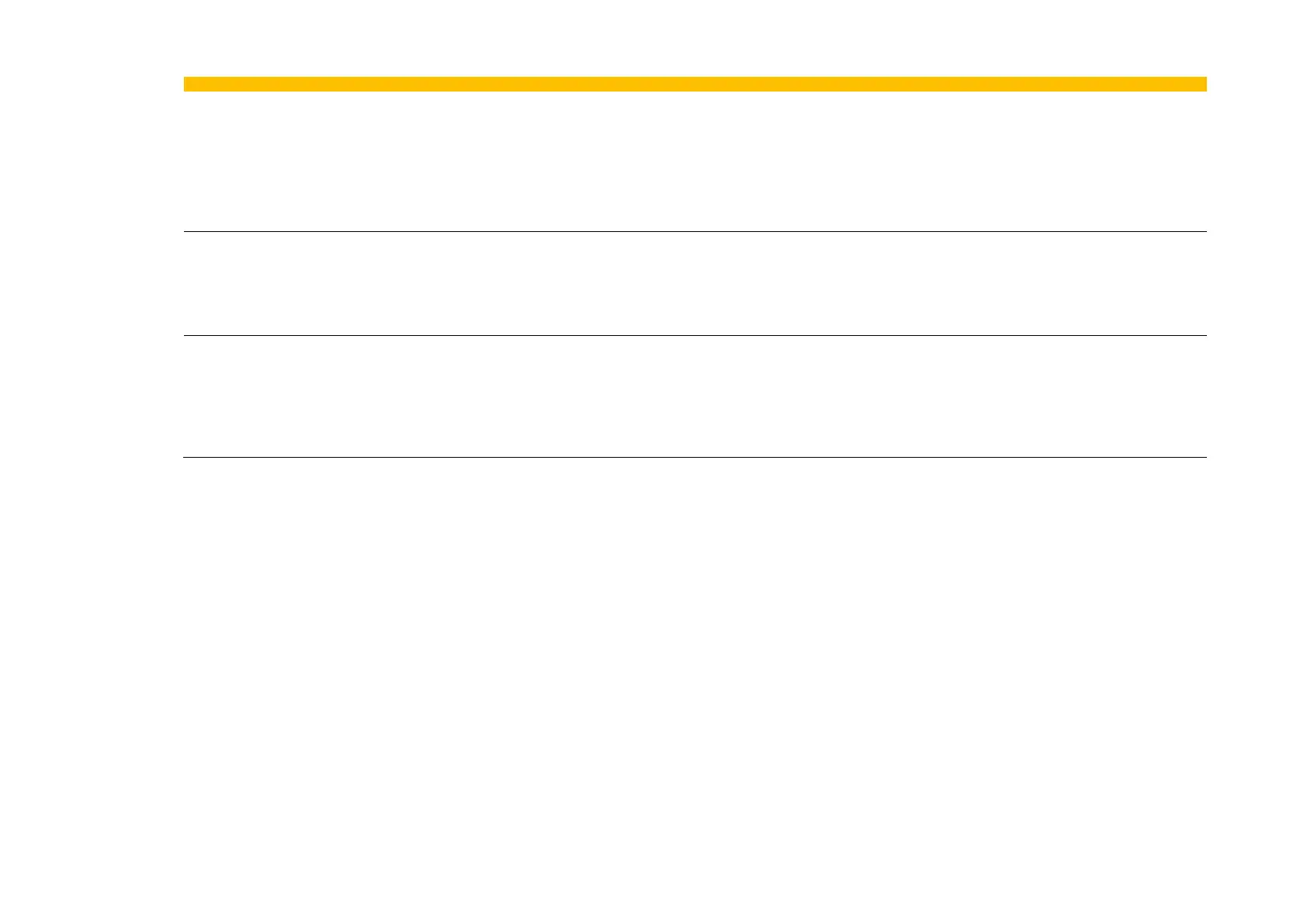C-84 Parameter Reference
AC30 series Variable Speed Drive
Search Time
0316
Parameters::Motor Control::Flycatching
5.000
0.100 to 60.000
s
ALWAYS
Only under VHz Control
The search rate during the speed search phase of the flycatching sequence. Performing the flycatching speed search too quickly can
cause the drive to inaccurately identify the motor speed. Refluxing at an inaccurate motor speed can cause the drive to trip on
overvoltage. If this occurs, increasing this parameter will reduce the risk of tripping.
Min Search Speed
0317
Parameters::Motor Control::Flycatching
5
0 to 500
Hz
ALWAYS
Only under VHz Control
The lowest search speed before the speed search phase of the flycatching sequence is considered to have failed.
Flying Reflux Time
0318
Parameters::Motor Control::Flycatching
3.000
0.100 to 10.000
s
ALWAYS
Only under VHz Control
The rate of rise of volts from the search level to the working level after a successful speed search. Refluxing the motor too quickly can
cause the Drive to trip on either overvoltage or overcurrent. In either case, increasing this parameter will reduce the risk of tripping.
Functional Description
The flycatching function enables the drive to be restarted smoothly into a spinning motor. It applies small search voltages to the motor whilst ramping
the Drive frequency from maximum speed to zero. When the motor load goes from motoring to regenerating, the speed search has succeeded and
is terminated. If the search frequency falls below the minimum search speed, the speed search has failed and the Drive will ramp to the speed
setpoint from zero.
The flycatching sequence can be triggered by different starting conditions:
ALWAYS: All starts (after controlled or uncontrolled stop, or after a power-up)
TRIP or POWER-UP: After uncontrolled stop, i.e. trip or coast, or after a power-up
TRIP: After uncontrolled stop, i.e. trip or coast
The type of speed sequence may be Bi-directional or Unidirectional:
Bi-directional
Initially, the search is performed in the direction of the speed setpoint. If the drive fails to identify the motor speed in this direction, a second speed
search is performed in the reverse direction.
Unidirectional
The search is performed only in the direction of the speed setpoint.

